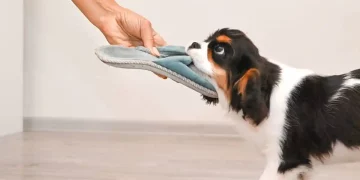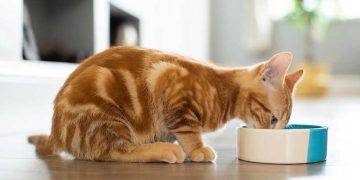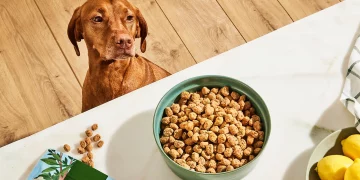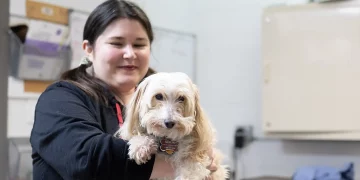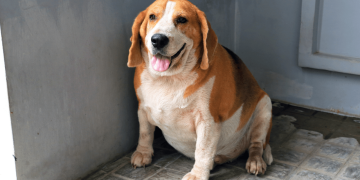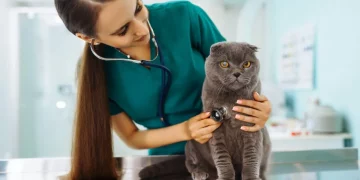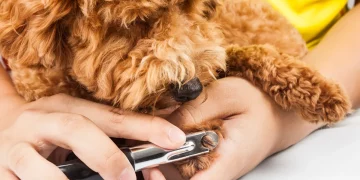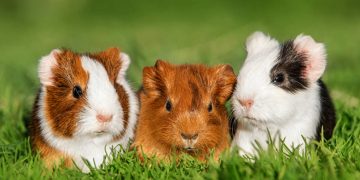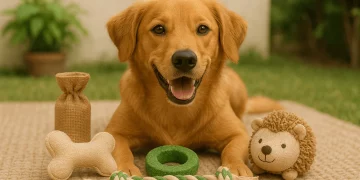Proper grooming is one of the key factors that contribute to your Dutch Lop rabbit’s overall health and happiness. Although Dutch Lop rabbits have short coats compared to long-haired breeds, they still require regular grooming to maintain healthy fur, skin, teeth, nails, and ears. Additionally, grooming is a great bonding activity for you and your rabbit, allowing you to check for potential health issues and ensure they feel loved and well-cared for.
In this article, we will cover all the essential grooming practices that will keep your Dutch Lop rabbit looking and feeling its best. From fur care and nail trimming to cleaning their ears and teeth, this comprehensive guide will help you provide the best grooming routine for your rabbit’s specific needs.
1. Introduction: The Importance of Grooming for Dutch Lop Rabbits
1.1. Understanding the Unique Grooming Needs of Dutch Lop Rabbits
Dutch Lop rabbits are well-known for their adorable appearance, which includes a round, compact body and floppy ears. While their coats are relatively short compared to long-haired breeds like Angora or Lionhead rabbits, grooming is still essential to their health. Regular grooming will help maintain clean, soft fur, prevent mats, and give you the opportunity to check for any skin issues or parasites.
1.2. The Benefits of Regular Grooming
Regular grooming offers several benefits to your Dutch Lop rabbit, including:
- Improved Health: Regular grooming helps you detect skin infections, abscesses, or parasites early.
- Dental Care: While grooming, you can check your rabbit’s teeth and gums for potential dental issues.
- Bonding: Grooming is a perfect opportunity for bonding with your rabbit. It helps them become accustomed to being handled and reduces stress.
- Prevention of Health Issues: Regular grooming can help prevent matting, shedding issues, and skin infections that could otherwise lead to more severe health problems.
2. Fur Care for Dutch Lop Rabbits
2.1. Understanding Your Rabbit’s Coat Type
Dutch Lop rabbits have short, smooth coats that do not require as much maintenance as long-haired breeds. However, they still shed, and during shedding seasons, they may need a little extra care.
2.1.1. Seasonal Shedding
Like most rabbits, Dutch Lop rabbits shed their fur in cycles. They tend to shed more heavily during the spring and fall, which is when grooming becomes especially important. You may notice more fur around your home during these times, but regular brushing will help reduce the amount of loose hair.
2.1.2. Coat Texture
The Dutch Lop’s coat is dense and soft, which means it is prone to matting if it is not properly cared for. While they do not have long hair, their coats can still develop tangles, particularly in areas that are less frequently groomed, such as behind the ears or around the tail.
2.2. Brushing Your Dutch Lop Rabbit’s Fur
Even though Dutch Lop rabbits have short fur, brushing them regularly will help keep their coat healthy and shiny. It also helps reduce the amount of shedding around the house.
2.2.1. How Often Should You Brush Your Dutch Lop Rabbit?
Brushing should be done at least once a week, but more frequently during shedding seasons (spring and fall). This will help remove dead fur, prevent matting, and reduce the amount of hair your rabbit swallows (which can contribute to hairballs and digestive issues).
2.2.2. Tools for Brushing
To effectively groom your Dutch Lop rabbit, you will need the following tools:
- Fine-Toothed Comb: For gently combing through the fur to remove tangles and debris.
- Soft-Bristle Brush: A soft brush can be used for light grooming and to smooth out the coat.
- Slicker Brush: A slicker brush can be used to remove any mats or tangles, especially during shedding seasons.
- Fur Clippers (optional): For trimming any hair that’s become too long or matted.
2.2.3. Brushing Techniques
When brushing your Dutch Lop rabbit, always use gentle motions to avoid causing any discomfort. Start at the head and work your way to the tail, brushing in the direction of hair growth. For matting or tangles, use a detangler spray or a comb to gently work out the knots without pulling on the fur.
2.3. Bathing Your Dutch Lop Rabbit
Unlike some pets, rabbits do not need regular baths. In fact, bathing a rabbit too often can strip their fur of natural oils and lead to dry, irritated skin. Rabbits are naturally clean animals and typically groom themselves.
However, there are times when a bath may be necessary:
- If your rabbit has gotten into something sticky or messy, such as food or dirt that’s hard to remove.
- If there’s a medical reason, such as excessive dandruff or a skin condition, where a vet might recommend a special rabbit-safe shampoo.
2.3.1. How to Bathe Your Dutch Lop Rabbit
- Use lukewarm water and a rabbit-safe shampoo.
- Gently wet the fur, avoiding the head and face.
- Lather the shampoo and rinse thoroughly to avoid skin irritation.
- Dry your rabbit gently using a towel, and allow them to air-dry in a warm room. Avoid using a hairdryer, as it may frighten your rabbit.
2.4. Special Coat Considerations During Shedding
During heavy shedding periods, you may need to groom your Dutch Lop more frequently. While brushing regularly can reduce shedding, you can also try to use a specialized deshedding brush to capture loose fur more efficiently.
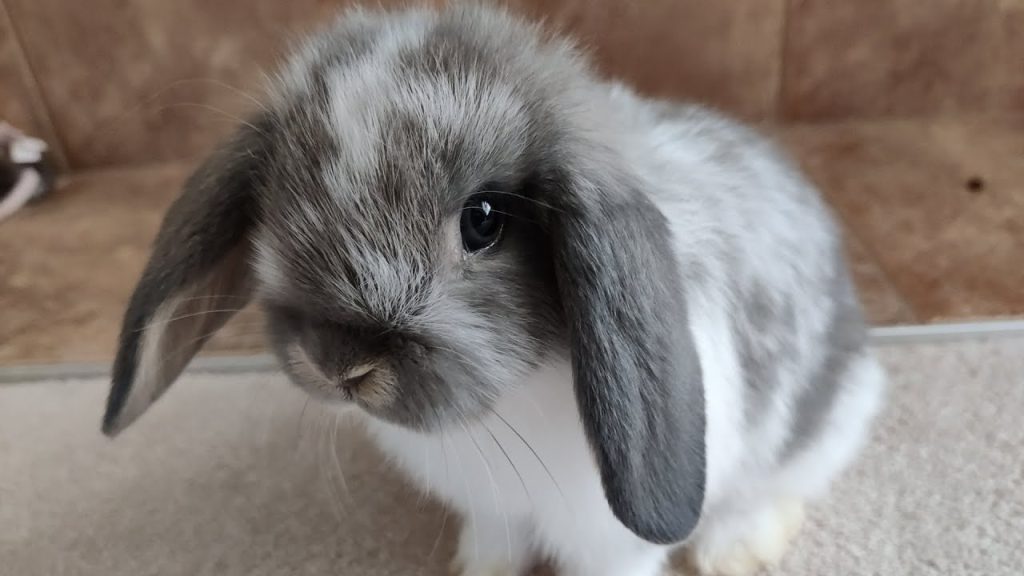
3. Nail Trimming for Dutch Lop Rabbits
3.1. Why Nail Care is Important for Your Dutch Lop Rabbit
Dutch Lop rabbits’ nails grow continuously, and if left untrimmed, they can become overgrown, leading to pain or injury. Overgrown nails can get caught in carpeting or other materials, leading to tears or damage to the nail bed.
3.2. How to Trim Your Dutch Lop Rabbit’s Nails
Nail trimming should be done every 4-6 weeks, or more often if you notice that your rabbit’s nails are growing long. It’s important to keep their nails at a manageable length to prevent injury.
3.2.1. Tools for Nail Trimming
- Nail Clippers: Use a small pair of clippers designed for rabbits, or you can also use human nail clippers.
- Styptic Powder: In case you accidentally cut the quick (the blood vessel inside the nail), styptic powder can help stop the bleeding.
3.2.2. Steps for Trimming Your Rabbit’s Nails
- Gently hold your rabbit’s paw and examine the nails.
- Use your clippers to trim just the sharp tip of the nail, avoiding the quick (the pink area inside the nail).
- If you accidentally trim too close to the quick and it bleeds, apply styptic powder to stop the bleeding.
3.3. How to Make Nail Trimming Less Stressful
If your Dutch Lop is nervous about nail trimming, try to make the experience as calm and positive as possible. You can start by gently handling your rabbit’s paws and rewarding them with a treat afterward. Over time, your rabbit will associate the process with positive reinforcement, making future trims easier.
4. Ear Cleaning and Care for Dutch Lop Rabbits
4.1. Understanding Dutch Lop Rabbit’s Ears
Dutch Lop rabbits have floppy ears, which can be prone to collecting dirt, wax, and moisture. If left unchecked, this can lead to ear infections.
4.2. How to Clean Your Dutch Lop Rabbit’s Ears
Ear cleaning should be done every 1-2 months or as needed. You should always inspect your rabbit’s ears regularly to ensure they are clean and free from any signs of infection, such as discharge or an unpleasant odor.
4.2.1. Tools for Cleaning Ears
- Ear Cleaner: A rabbit-safe ear cleaner is recommended to gently remove dirt and wax.
- Cotton Balls or Gauze: Use cotton balls or gauze pads to clean the ears, avoiding Q-tips which can push debris further inside.
4.2.2. Cleaning Technique
- Gently lift your rabbit’s ear and apply a small amount of ear cleaner to a cotton ball or gauze pad.
- Wipe the outer part of the ear, being careful not to insert anything into the ear canal.
- If your rabbit’s ears seem excessively dirty or show signs of infection (redness, swelling, or odor), consult your vet for proper treatment.
5. Dental Care for Dutch Lop Rabbits
5.1. Why Dental Care Matters
Dutch Lop rabbits, like all rabbits, need regular dental care to prevent dental disease. Their teeth grow continuously, and if they are not worn down properly through chewing, they can become overgrown, leading to painful dental issues.
5.2. How to Monitor Your Rabbit’s Teeth
Check your rabbit’s teeth regularly to ensure they are not overgrown.
Healthy teeth should be smooth and aligned. If you notice any signs of overgrowth, such as difficulty eating or drooling, consult your vet.
5.2.1. Providing Chew Toys for Dental Health
To help keep your rabbit’s teeth in check, provide plenty of chew toys, such as untreated wood blocks, hay-based toys, and safe rabbit chew sticks. This will help wear down their teeth naturally.
6. Conclusion: Grooming for a Healthy, Happy Dutch Lop Rabbit
Regular grooming is an essential part of caring for your Dutch Lop rabbit. By brushing their fur, trimming their nails, cleaning their ears, and monitoring their teeth, you can help ensure that your rabbit remains healthy and happy. Grooming is not only about physical appearance but also plays a crucial role in maintaining their well-being and fostering a strong bond between you and your rabbit. By following the tips and guidelines in this article, you will have the tools to provide excellent care for your Dutch Lop rabbit, ensuring they live a long, healthy, and comfortable life.


